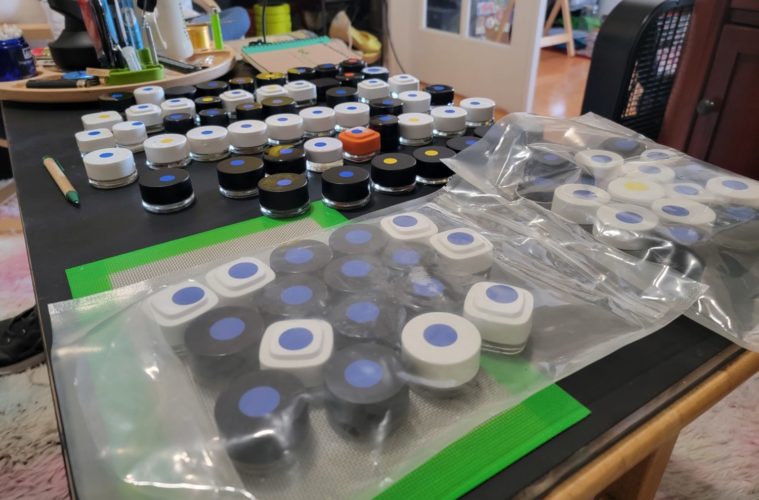Cannabis Competitions ran on a pretty similar format for many years: get some hitters, let them pick the heat and maybe do a people’s choice award with less sound structure. But over the last decade, the team at SC Labs has helped add a bit of science to the equation.
What started with just generally making sure the judges weren’t smoking poison has evolved into a full-on quest to understand the plant’s chemical breakdown and how that interacts with our flavor palate and the rest of our bodies to determine preferences a lot deeper than a THC percentage. This year even saw The Emerald Cup move to categorize entries by terpene profile, to provide a bit more visual perspective across the group to the judges. But they’re still blind, just now in addition to a number, there is a colored dot, too.
Another big win for science, The California State Fair’s first-ever cannabis contest will rely on science to pick its big winners.
One of the men that has been at the heart of making pot contests more science-friendly is SC Labs’ Cofounder Alec Dixon. He feels the push to further understand what makes cannabis special in the evolving marketplace is critical.
“I feel like one of the craziest things that happened in this potency arms race is it kind of really blended, kind of blurred the difference between the corporate kind of commoditized cannabinoid biomass market and craft,” Dixon told L.A. Weekly.
Dixon argued the hurdles of the supply chain make it hard for the consumer, or even the dispensary buyer to understand what the best representation of any phenotype is.
“Their game isn’t sophisticated yet,” Dixon argued, hence that one THC number being weighed so much in the moment by most consumers. Which furthers the problem for any buyer who actually did want to stock exotic terpene profiles that might test in the high teens for THC percentage.”
But part of the question that immediately comes to mind is, where is the education? Dixon has been at the cutting edge of terp science, Emerald Cup founder Tim Blake regularly notes the highest THC has never won, but where is the gap in delivering education around this to the consumer?
“Level of awareness at the consumer and dispensary level is kind of like very tied where the reality of the situation is, you know, and so, I feel like this new awareness around quality and what defines cannabis is not going to come from the consumer,” Dixon said.
So it’s up to him and the SC Labs gang to better use science to represent quality. Eventually, the hopes are it will be palatable enough for people to be comfortable growing 19% THC heat again.
Dixon also is quick to understand consumer frustration. He recently picked up $150 worth of trash herb while on the road for work. It smelled like nothing.
“I think the future is in flavor, aroma, effects,” Dixon argued. “What is the range of the plant that you’re looking for? Are you looking for cerebral, energizing, focusing or creative? These are the strains that are like that. Because we all have different properties.”
While it’s too early to tell if extensive terpene testing on the best pot in the world will be what convinces the consumer to ditch THC numbers as their compass, it’s the best bet yet, and we’re all for it.
Keep an eye out for all the lab data that comes out of The Emerald Cup and The State Fair, we’ll do our best to break it down for you as it becomes available.
Advertising disclosure: We may receive compensation for some of the links in our stories. Thank you for supporting LA Weekly and our advertisers.

